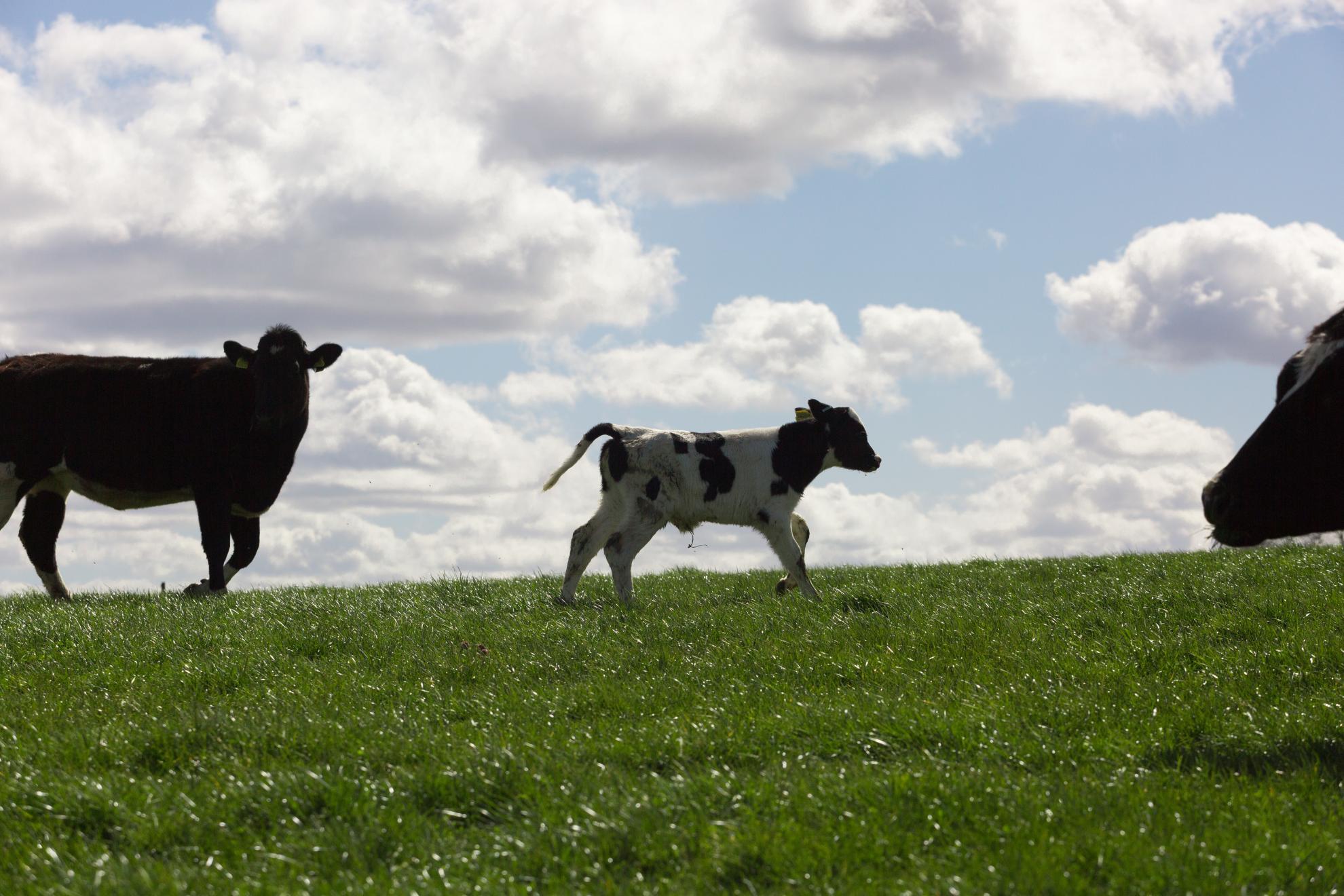The Veterinary Immunological Toolbox: Past, Present and Future
It is well-recognized that research capability in veterinary species is restricted by a lack of immunological reagents relative to the extensive toolboxes for small rodent biomedical model species and humans. This creates a barrier to the strategic development of disease control solutions for livestock, companion animals and wildlife that not only affects animal health but can affect human health by increasing the risk of transmission of zoonotic pathogens. There have been a number of projects aimed at reducing the capability gaps in the veterinary immunological toolbox, the majority of these focusing on livestock species. Various approaches have been taken to veterinary immunological reagent development across the globe and technological advances in molecular biology and protein biochemistry have accelerated toolbox development. While short-term funding initiatives can address specific gaps in capability, they do not account for long-term sustainability of reagents and databases that requires a different funding model. We review the past, present and future of the veterinary immunological toolbox with specific reference to recent developments discussed at the International Union of Immunological Societies (IUIS) Veterinary Immunology Committee (VIC) Immune Toolkit Workshop at the 12th International Veterinary Immunology Symposium (IVIS) in Seattle, USA, 16–19 August 2019. The future availability of these reagents is critical to research for improving animal health, responses to infectious pathogens and vaccine design as well as for important analyses of zoonotic pathogens and the animal /human interface for One Health initiatives.
